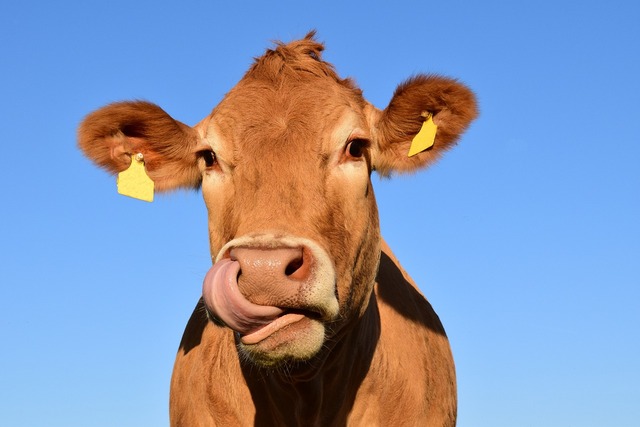When choosing the best feed to purchase for sheep or cattle, there are a few things to take into account– especially when feeding over winter.
Agriculture Victoria Livestock Industry Development Officer Nick Linden said costing feeds on the basis of energy is still the number one consideration, as energy content of the supplement will determine how much you need.
Feeding to requirements can have immediate and long-term implications. Maternal and offspring survival can be compromised if nutrition is insufficient during late pregnancy and lactation. There are also long-term implications for their future growth, maturity and fertility.
Other considerations that might help determine which supplements and the quantity you provide include:
Minimum protein
Lactating and young growing stock (especially those early weaned) will have the highest protein demands of any livestock on the farm. Lactating or young growing sheep require over 12 per cent protein (and as high as 18 per cent), whereas lactating or growing cattle require over 10 per cent. Therefore, feeds like maize, oats and hays may not be sufficient for some stock if fed on their own.
Wastage
If feeding on the ground, wastage can become an even bigger factor once the ground gets wet. Larger grains, such as maize and beans, may be better than small grains like barley. Pellets break down and become less palatable quickly when wet. Therefore, when costing feeds, you may need to build in a wastage factor. Cold conditions and muddy ground may also increase requirements by at least 20 per cent.
Roughage (fibre)
As paddock feed declines over winter it’s important to consider fibre intake, especially for growing livestock or those making milk. However, this must be balanced, as if fibre is too high, they may not be able to eat enough to meet their energy needs.
Processed grain
Some grains require processing when feeding to cattle to achieve the full energy value (like wheat, triticale and barley). If fed unprocessed, you may need to assume a lower energy value. Processing grains for sheep is not required and will just increase the chance of acidosis.
Infrastructure
The ability to store and handle feedstuffs needs to be considered. Adding a source of calcium (e.g. limestone) when feeding cereal grains will help meet the higher demand of lactating and growing stock.
Weeds and contamination
As the demand for hay and feeds is high, you may be sourcing from suppliers other than your usual provider. Be aware of introducing new weeds and think about inspecting the product before purchase.
Where to find resources for value and costing of feeds:
Common values of feeds and animal requirements for energy and protein (sheep):
www.feedinglivestock.vic.gov.au/sheep-resources/useful-tables-sheep/
Common values of feeds and animal requirements for energy and protein (cattle):
www.feedinglivestock.vic.gov.au/beef-resources/useful-tables-beef
Chapter 5 (pages 5-7) in the Drought Feeding Book www.feedinglivestock.vic.gov.au/wp- content/uploads/2019/03/Ch5_p-28-35_Pages-from-FOR-APPROVAL_DEDJTR-Cattle-Drought-Feeding-Guide-2017-72-text-pages-FINAL_04122017-5.pdf (Word version available on the FeedingLivestock website)
Drought Feeding App https://apps.apple.com/au/app/drought-feed-calculator/id921986324
Video – Costing out your feeds – YouTube







